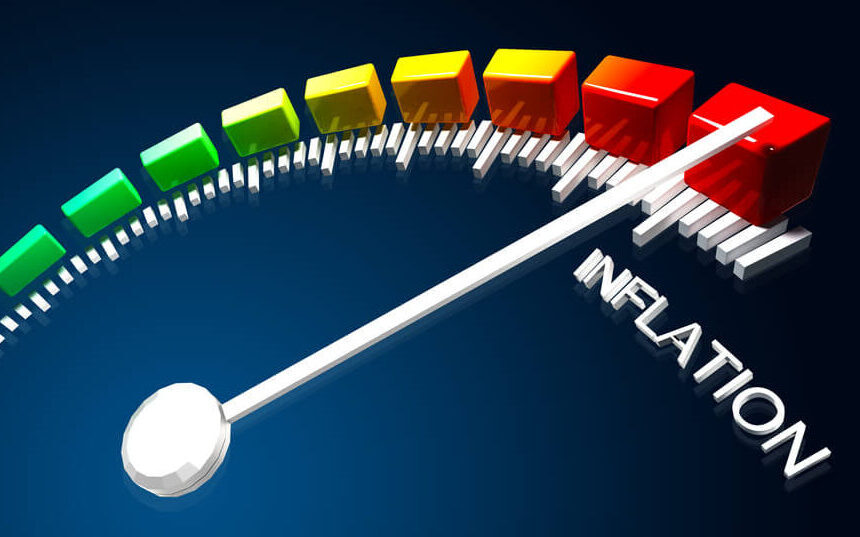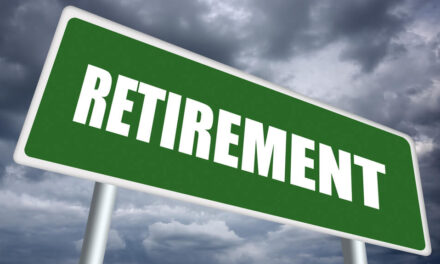Guess Work
This week, Federal Reserve Chair Jerome Powell delivered his semiannual testimony to Congress. A main feature of the discussion was the status of rate hikes and the fight against inflation.
In short, Powell’s inflation fight isn’t over.
Core consumer price inflation (CPI), which excludes food and fuel prices, is increasing at an annual rate of 5.3%. Similarly, core personal consumption expenditure (PCE) prices are up 4.7% from a year ago.
Thus, a federal funds rate of 5.25% isn’t enough to contain rising prices. Ideally, a rate on the order of 7% to 7.25% is needed to do the trick.
After its recent FOMC meeting, the Fed signaled two additional rate hikes this year. As part of this week’s testimony, Powell validated this … remarking it was a “pretty good guess.”
So why pause in the first place?
The Silicon Valley Bank and First Republic Bank fiascos in March are a very small part of a much larger issue. Rapid interest rate hikes have left poorly prepared banks unable to adequately compensate depositors.
The 6-Month Treasury Bill is yielding 5.4%. Many savings accounts are paying a dividend of less than 0.05%.
At this point, banks cannot compete with short-term Treasuries. This is because the bonds many short-sighted banks purchased several years ago, when interest rates were near zero, are entirely underwater.
Remember, bond prices move inverse to interest rates. So banks find themselves in a situation where they are unable to sell bonds to payout depositor withdrawals without suffering massive losses.
And because the banks cannot compete with short-term Treasury yields, depositors are incentivized to pull their savings and park it in Treasuries. This puts the solvency of banks in question.
As the failure of SVB showed, it doesn’t take much these days to trigger a digital bank run.
Inflationary Bias
The Fed’s hawkish rate pause is a temporary gift to banks. It buys them a little time to get a handle on their capital positions. Though it’s really nothing more than a token nod.
What can a bank really do to rebalance its bond holdings in a month’s time?
The rate pause, in reality, only serves to delay the inevitable banking crisis. But that’s not all…
The rate pause also comes at the risk of greater price inflation. Interest rates, while much higher than in early 2022, are still accommodative. Commercial banks can still use the Fed’s discount window to obtain credit at a price that’s less than the core CPI rate.
This is partly why the major stock market indexes are making a concerted run at their record highs. So too, this is partly why residential real estate prices in many cities are still largely unaffordable. Rate hikes have done little to contain asset price inflation.
By pausing, the Fed’s taking a risky gamble. Should consumer price inflation push higher, the supposed hawkish rate pause will go down as another great big Fed policy mistake.
Moreover, to correct this mistake, the Fed will have to jack up interest rates even higher than if it hadn’t paused in the first place.
Should we expect anything different?
The Fed’s latest actions are consistent with its historical inflationary bias. Remember, the Fed has an inflation target of 2%. By this, it deliberately promotes the continuous increase in prices.
This inflationary bias is based on the belief that deflation is more disruptive to economic stability than inflation. So out of utmost caution, and to keep the government coffers full, central bankers err on the side of inflation.
BOGO Offers
Deflation, by definition, means a general reduction of prices. As opposed to inflation, deflation allows consumers to buy more goods or services tomorrow with the same money they have today.
When deflation takes hold, savvy consumers will delay purchases in anticipation they can buy more for less in the future. This leads to supply overhangs, which puts further downward pressure on prices. BOGO (buy one get one free) offers become necessary to move product.
With respect to the cycle of deflation, lower spending leads to less income for businesses and producers. This, in turn, leads to less production, worker layoffs, higher unemployment and GDP contraction. This all, again, leads to less spending as the cycle of deflation progresses.
Rising unemployment and contracting GDP are also a great big fear for populist politicians who want to get reelected. For example, at this week’s Fed testimony, Maxine Waters, the ranking member of the House Financial Services Committee, gave Powell the following advice:
I caution against any approach in monetary policy that ignores the Fed’s maximum employment mandate and results in a recession with millions of people losing their homes and jobs.
Of course, the real impacts of the cycle of deflation are on leveraged businesses and individuals, and credit markets. As asset prices deflate, along with profits and incomes, the ability to service existing debt becomes harder and harder. This leads to mass bankruptcies.
Deflation is problematic for lenders and bankers and can push them to insolvency. It can also lead to a financial crisis, breakdown in the credit market, and an economic recession or depression.
Washington’s Bias for Continuous Inflationism
Nonetheless, deflation isn’t something to be feared. In fact, it is a certain aspect of the business cycle. And a moral feature of the economy.
For individuals and businesses who have been prudent with their finances, deflation is a boon. They can live better at a lower cost.
To the contrary, those who make reckless decisions during the inflationary boom suffer the greatest consequences during the bust. They find themselves unable to pay their debts. They get wiped out.
Yet when central bankers attempt to forestall deflation with persistent inflation, they merely magnify the risks, price distortions and the eventual depressions. And when Washington steps in with bailouts galore, it harms innocent and responsible people by socializing the losses.
This is all consistent with the inflationary bias of central bankers and politicians.
Moderate inflation may be perceived as being pleasant. Over time, debt obligations are lessened. Annual wage increases, for instance, greatly reduce the burden of a monthly mortgage payment over the life of a 30-year fixed-rate home loan.
The problem, however, is that for inflation to continue its stimulative effect, it must continue at a faster and faster rate. And, ultimately, a bias for continuous inflationism leads to much greater harm.
While an individual’s debt burdens may be lessened over time, the debt burdens throughout the economy, as asset prices inflate faster than wage increases, become greater.
As things progress, the only means of preventing a collapse is by supplying more and more inflation, in the form of artificially cheap credit, greater and greater amounts of debt, and outright money printing.
Most people have no clue what’s going on … or what’s coming.
Enjoy the relative stability while it lasts.
[Editor’s note: Like this article? If so, please Subscribe to the Economic Prism.]




